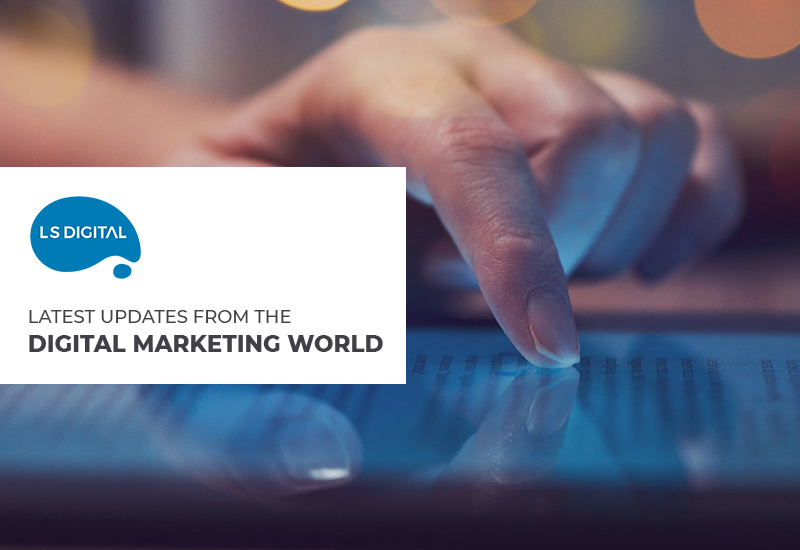Dark social is the mode of communicating (mostly one to one, or one to many) using instant messages or other private channels of communication. As compared to regular social media content like that on Facebook and Twitter (that generates data which can be captured and analysed by marketers), content shared via dark social is challenging to track, slice and dice, or monitor.
With its jump in usage, marketers are increasingly seeking interest into the realms of dark social and how it can be utilised to gain richer insights into customers’ pain points or their buying behaviour. Google analytics marks this traffic as ‘direct’ traffic in the tool. Some examples of dark content sharing will be:
1. A wife sharing on SMS the movie she would like to watch at the theatre
2. A WhatsApp group sharing details about their favourite cricket team
3. An email to a group highlighting a social issue in the locality
Why is this needed?
Today content sharing and distribution don’t happen merely through links. There will be social platforms, influencer engagement, and email links through which a person can come to know about your brand. The massive proliferation of these ‘dark’ zones makes it necessary for a smart marketer to know what is going on in that zone. He will have to target the dark social for better reach and coverage of his marketing messages.
Activating dark social data as a part of your marketing campaign’s analytics stack will further accentuate your brand’s first party data assets. It can radically expand the measurability, tracking, and monitoring beyond the scope of what can be bought and sold on the commodified data marketplace.
What can be done to capture data from dark social?
As evident, the key difference between regular social and dark social is the challenge of collecting data in this ‘dark’ zone. Hence it is important for brands to see how they can invest in tools that can help them have a peek into the dark social. This will allow them to measure branded content’s sharing and use this data for designing targeted marketing campaigns for better efficiency.
The first step in this process is to add UTM parameters to the sharing buttons of your branded content. It looks something like this format – “&utm_source=sharebutton&utm_channel=linkedin”. But this will be a minor step forward as almost 70% of the social shares are done in the dark. We need to go beyond the regular identification of referrer to capture this. For instance, mobile apps will pass a unique identifier in the UserAgent field even if it doesn’t pass the referrer. An example will be the FBIOS identifier that is passed from Facebook UserAgent field for identifying the user accessing a particular piece of content from the Facebook mobile app.
To sign off
Remember that these measures will only track the sharing happening on social channels and will not capture relevant data from SMS, IM chats or emails. For this, you will need a more targeted approach that can monitor and analyse these unstructured and dark social data effectively.



